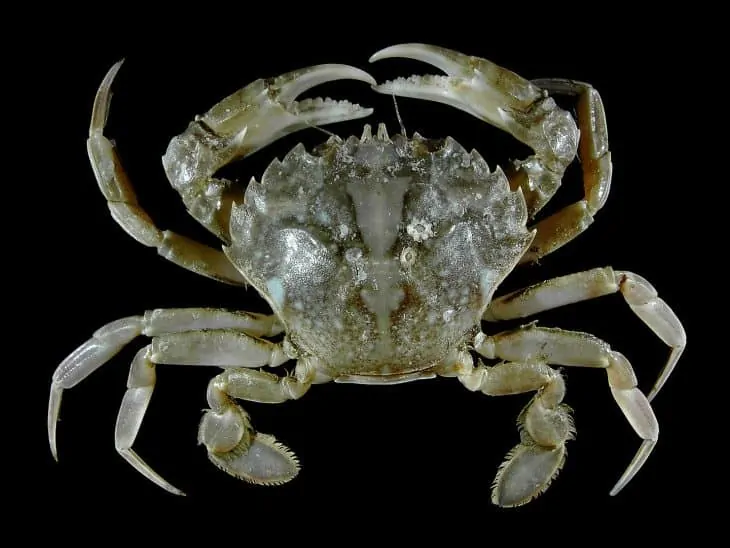
Crabs are one of the most commonly eaten kinds of shellfish in the whole world. With a wide variety of crab species and dishes, there’s nothing wrong with cracking one open every now and then. However, have you ever wondered about what lies behind the crab on your plate? Find out more about this shelled animal with these crab facts.
- You can find over 4,500 species of crabs around the world.
- Crabs make up 20% of all shellfish fishermen catch in a single year.
- An estimated 1.5 million tons of crab get caught in a single year.
- Female crabs stay pregnant for only 1 to 2 weeks.
- Once a female crab’s pregnancy ends, she then lays up to 2000 eggs.
- Primitive crabs first appeared in the Carboniferous Period between 360 to 300 million years ago.
- Crab ancestors were among the survivors of the Great Dying at the end of the Permian Period, around 251 million years ago.
- The first true crabs evolved during the Jurassic Period between 200 to 145 million years ago.
- Scientists think that the breakup of the Gondwana supercontinent during the Jurassic Period jump-started the evolution of many different crab species.
- The many crab species continued evolving during the Cretaceous Period between 145 to 66 million years ago.
- Scientists also think that the evolution of many different fish species also pushed the evolution of many different crab species.
- Crabs primarily evolved to live in tropical and semitropical regions.
- Crabs in the Old World have a different evolutionary history from those which evolved in the New World.
- They’ve also evolved to live in both freshwater and marine environments.
- Crabs also evolved the ability to walk on land in addition to living underwater.
- The character of Eugene Krabs from the cartoon series Spongebob Squarepants is a crab.
- You call groups of crabs living together as casts.
- Crabs typically live between 3 to 4 years.
- Most crabs tend to walk sideways.
- Some crabs also have the ability to swim instead of just walking on the seafloor.
Crab Facts Infographics
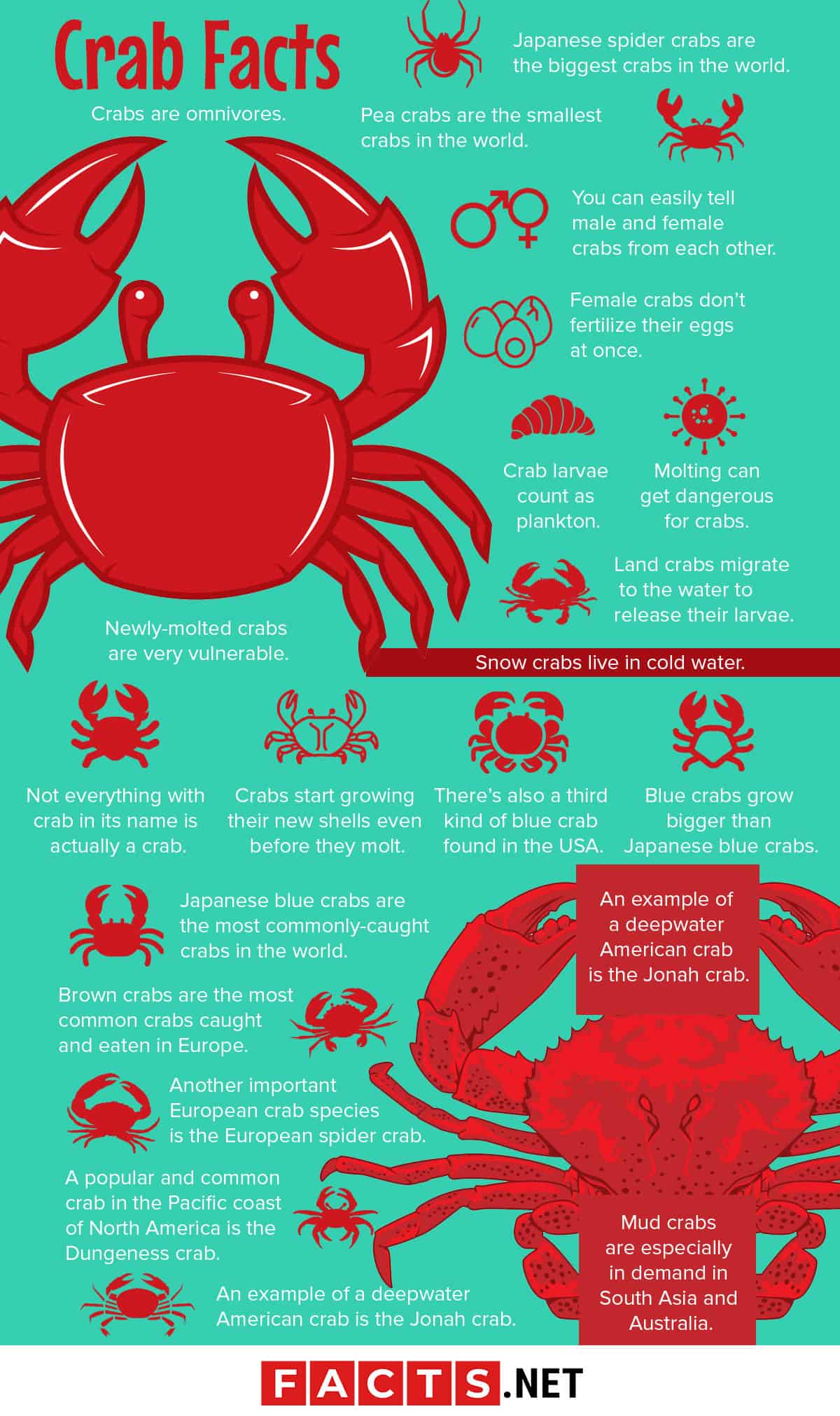
Japanese spider crabs are the biggest crabs in the world.
Their legs are the longest parts of their body, reaching up to 4 meters in length. In terms of their bodies, the Japanese spider crab’s carapace reaches up to 40 cm wide, weighing up to 19 kg. The crab’s sheer size makes them dangerous not just to hunt and catch, but also to approach. Even so, they’re considered a delicacy in Japan, and measures are currently under study to protect them from overfishing.
Pea crabs are the smallest crabs in the world.
Specifically, they usually measure between 7 to 8 mm in width. They’re so small that they actually live as parasites on other shellfish, like oysters, clams, and mussels.
You can easily tell male and female crabs from each other.
Male crabs tend to have bigger claws than female crabs. In terms of their built, male crabs also tend to have narrow and triangular bodies, while females have wider, rounded bodies. Definitely one of the crab facts you’d have to remember.
Female crabs don’t fertilize their eggs at once.
Instead, they keep their mate’s sperm in storage until they choose when they want to fertilize their eggs. Once they fertilize their eggs, they lay them on their own abdomens, where they look like many small round berries. Because of this display, fishermen call them berried crabs. How’s that for interesting crab facts?

Crab larvae count as plankton.
After hatching from their eggs, baby crabs float up to the surface, where they stay with other plankton. As they feed and grow older, they molt repeatedly, all the while growing in size and weight. Eventually, they become heavy enough to sink to the seafloor, at which point they become juvenile crabs.
Land crabs migrate to the water to release their larvae.
These migrations can get very big, with hundreds of crabs pouring down the beach into the water. Once they’ve released their larvae, they return to the land in a reverse migration. During migrations, crabs can risk running into trouble with human activity and development. In particular, records exist of crabs migrating across coastal roads and getting crushed by vehicles driving over them. Definitely one of the sadder crab facts.
Crabs start growing their new shells even before they molt.
Before molting, crabs grow a layer of soft tissue under their old shells that’ll become the new shell once the old one pops off. The crab then starts absorbing a lot of water to weaken and crack open their old shell from the inside out. In particular, they develop a weak point along the back edge of their shells which breaks apart during molting.
Molting can get dangerous for crabs.
To molt successfully, a crab must carefully remove all of its body from the old shell. This includes its eyes, legs, mouth, and even the front and back of their digestive organs. The process takes hours to finish, and if any part of the crab gets stuck or torn away during molting, it will die. Definitely one of the more intense crab facts.
Newly-molted crabs are very vulnerable.
Newly-molted crabs have very soft bodies, leaving them vulnerable not just to predators, but also to environmental dangers. For that reason, newly-molted crabs hide to avoid danger until their new shell finishes hardening and can protect them.
Not everything with crab in its name is actually a crab.
For example, we have crab lice, hermit crabs, horseshoe crabs, king crabs, and porcelain crabs among others. Despite their name, they’re not actually crabs at all.
Crabs are omnivores.
While the crab diet generally consists of seaweed, they can also eat other things as needed. Those include worms, seashells, and even fungus and bacteria. Some crabs even eat dead animals or even trash. Scientists have noted that crabs with diverse diets tend to grow faster and bigger than other crabs.
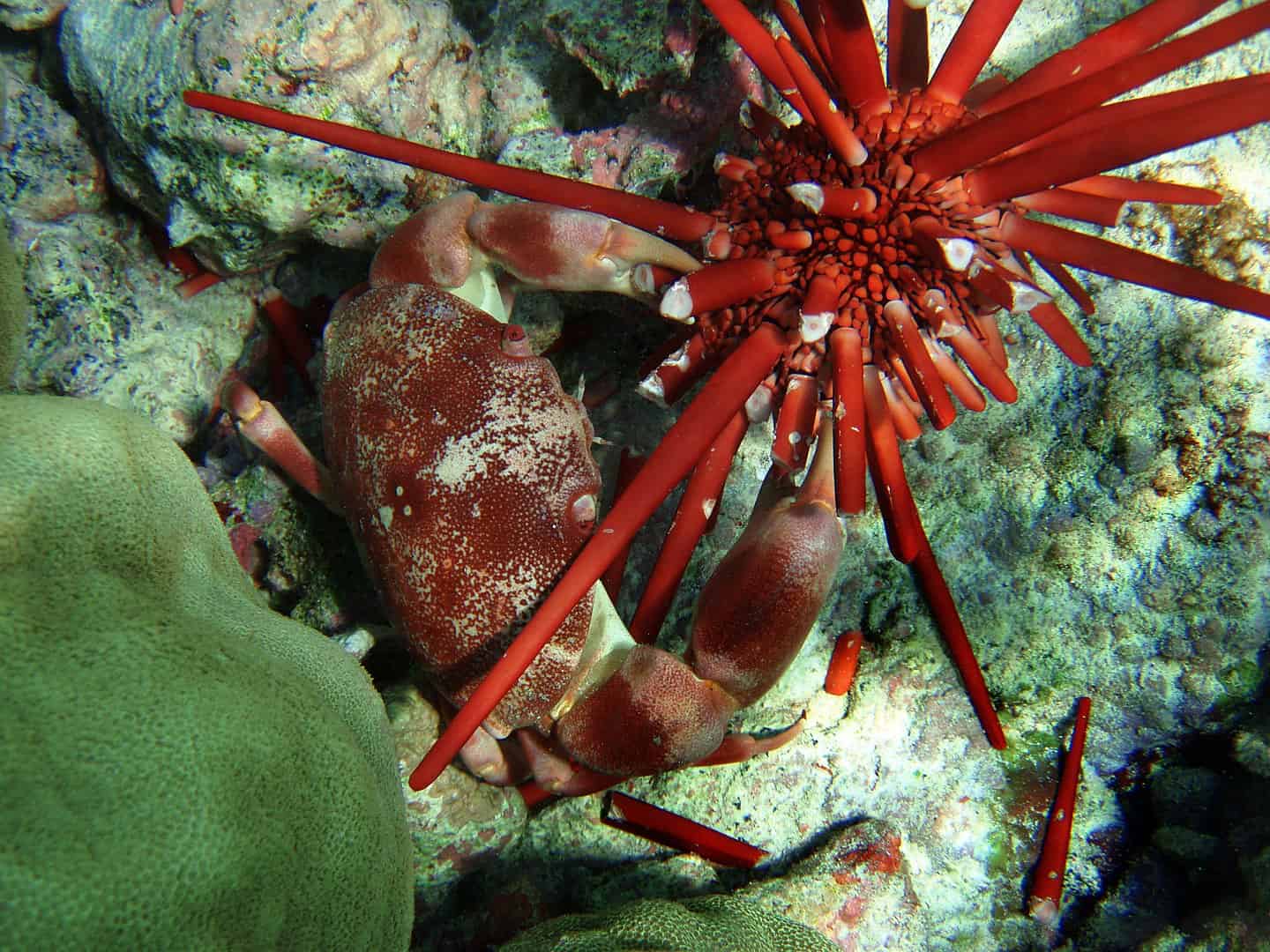
Japanese blue crabs are the most commonly-caught crabs in the world.
Over 300,000 tons of the species get caught every year, mostly in waters off the Chinese coast. That said, they’re also found as far away as the southern coast of India, across Southeast Asia, all the way to Australia. They can grow as much as 15 cm wide, and usually live in waters no deeper than 50 meters. In Malaysia, they’re also known as ketam bunga or flower crabs.
Blue crabs grow bigger than Japanese blue crabs.
While they may share a namesake, blue crabs can grow 5 cm bigger than Japanese blue crabs. They share the Indian Ocean and the Pacific Ocean with their Japanese cousins, but also live in the waters of the eastern Mediterranean Sea. Traditionally sold with hard shells, blue crabs can also get sold with soft shells as a delicacy in Asian cultures.
There’s also a third kind of blue crab found in the USA.
The coasts of Maryland and Virginia hold a native population of Atlantic blue crabs or Chesapeake blue crabs. As of the year 2000, their average annual catch values at an estimated $45 million.
Snow crabs live in cold water.
As the name suggests, they’re usually caught in the cold waters of the North Pacific or Atlantic Oceans. Naturally, they’re also found and caught in the icy waters of the Arctic Ocean, though they’re also sometimes found and caught off the coast of California. They also feature in the popular reality TV show Deadliest Catch by The Discovery Channel. How’s that for celebrity crab facts?
Brown crabs are the most common crabs caught and eaten in Europe.
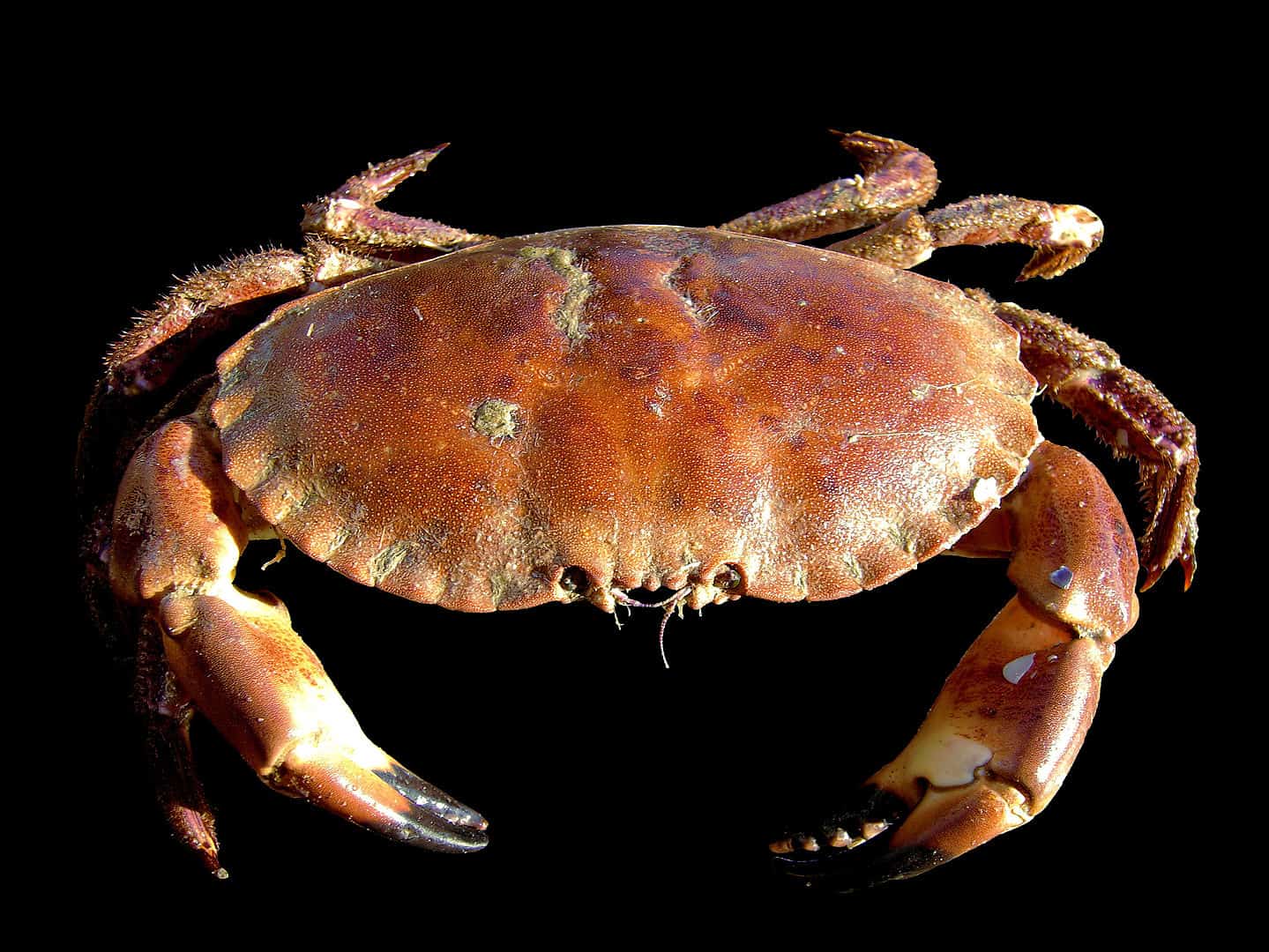
This crab dominates North Sea, the Atlantic Ocean, and the Mediterranean Sea. Living in waters of up to 100 meters deep, brown crabs can grow up to 25 cm wide and 3 kg in weight. Since the late 19th century, brown crabs have been heavily regulated to protect them from overfishing. For example, it’s actually illegal to keep brown crabs with a width of less than 100 mm, as this doesn’t give them enough time to grow and reproduce.
Another important European crab species is the European spider crab.
The European spider crab lives in the Atlantic Ocean and the Mediterranean Sea. Like the brown crab, many laws protect them against overfishing, reflecting their importance to the European food and fishing industries. The European Union (EU) as a whole bans the keeping of European spider crabs less than 120 mm in width. Spain also bans catching females with eggs, while Britain and France both limit the time of year when fishermen can catch European spider crabs.
A popular and common crab in the Pacific coast of North America is the Dungeness crab.
The name comes from Dungeness, Washington State. The nearby city of Port Angeles holds annual festivals involving catching and cooking Dungeness crabs. They can grow up to 25 cm wide, though they typically have a width of only 20 cm. Though they primarily live in Pacific waters from Alaska and California, they’re also rarely encountered in the Atlantic Ocean. Scientists consider this an alarming development, as the Dungeness crab is not native to the Atlantic Ocean, seeing them an invasive species in Atlantic waters.
Mud crabs are especially in demand in South Asia and Australia.
They usually live in inland waters, such as swamps and river mouths. This is also where their name comes from, as they usually hide in the mud of such slow-moving water systems. Though usually cooked with hard shells, their soft-shelled varieties are popular across South Asia and Australia.
An example of a deepwater American crab is the Jonah crab.
Specifically, they live in waters of up to 750 meters deep, usually off the Atlantic coast of North America, from Newfoundland in the north to Florida in the south. Originally, fishermen caught Jonah crabs as supplements to lobster harvests, but recently they’ve begun treating Jonah crabs as a separate catch. The statistics reflect this, with the annual tonnage of Jonah crabs caught rising from 900 tons in 2000 to 6000 tons in 2014.
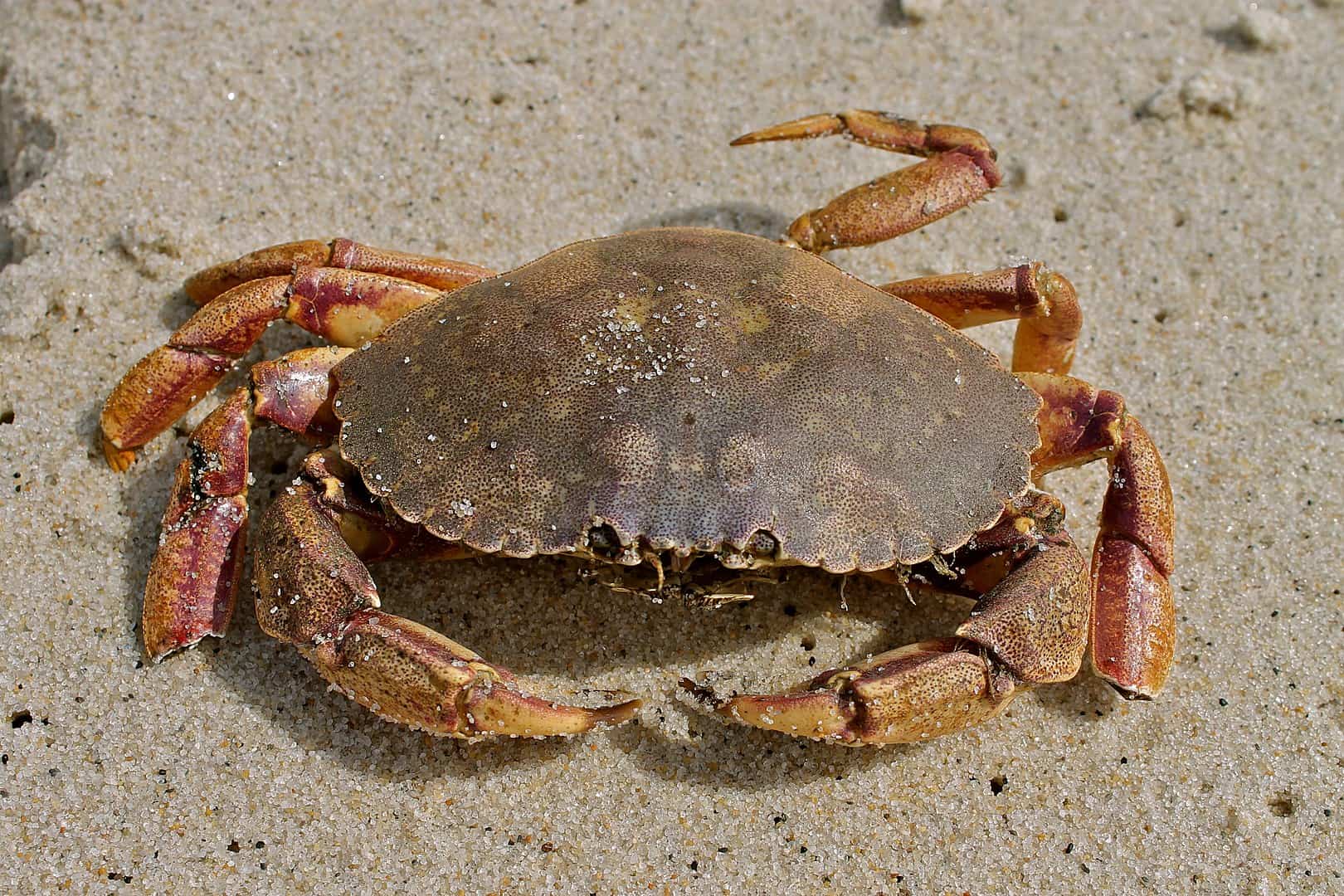
You can harvest meat from a crab without killing it.
though. Fishermen do this by tearing off one of a crab’s claws. They would return the crab to a water tank, where it’ll eventually regrow the lost claw. The claw that the fishermen removed can then have its meat harvested without killing the crab. While a single claw doesn’t have much meat, many claws from many crabs can make up for it. Definitely one of the crueler crab facts out there.
You can eat some crabs whole.
Naturally, these are the soft-shelled crabs. You can’t eat hard-shelled crabs, as the human body can’t digest their hard shells. Just chewing them will rip your teeth and mouth apart.
The most common way of cooking crabs is by means of boiling.
How long you boil a crab depends on how heavy it is. Ideally, crabs weighing 1 kg and below get boiled for about 15 minutes. Meanwhile, crabs that weigh more than 1 kg get boiled for around 20 minutes. After they finish boiling, crabs get served hot with a side of either garlic or lemon butter.
Crab cakes are another common way to cook and serve crab meat.
Naturally, shredded crab meat is the main ingredient in crab cakes. The meat is mixed with various binders to form the cake into pieces. Common binders include bread crumbs, egg white, flour, or even mayonnaise or mustard. The ways to cook crab cake also vary, but the most common is by either broiling or frying.
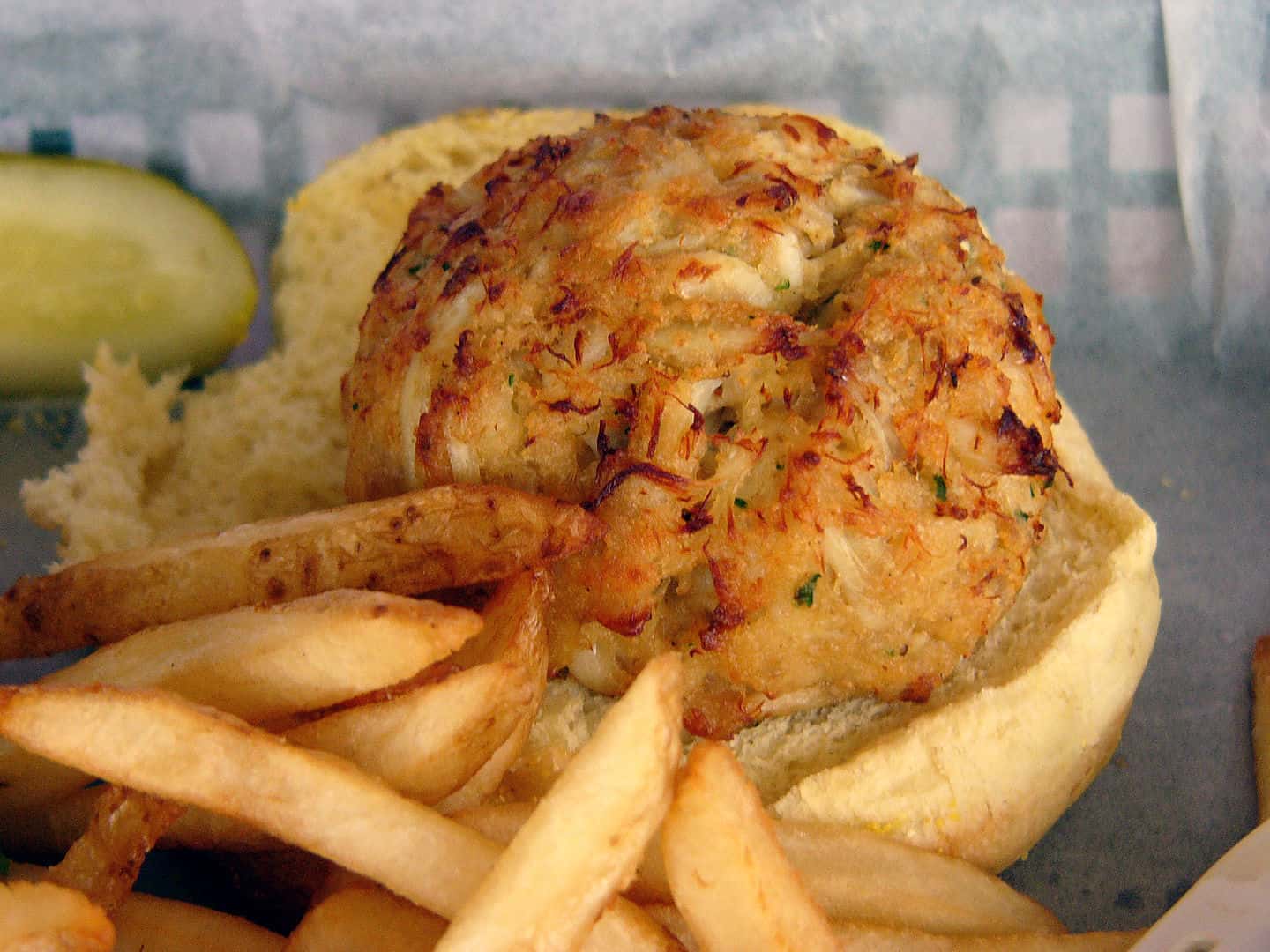
You need to cook crabs alive.
Crabmeat rots very quickly once they die, which makes eating dead crab a dangerous prospect. Much like lobsters, ammonia can build up in crab meat, which can cause fatal food poisoning in diners.
Crabs don’t feel pain.
Their nervous systems aren’t complex enough to let them feel pain the way humans and other more evolved humans can. So there’s no real need to feel guilty when you’re tossing live crabs into a pot full of boiling water. How’s that for reassuring crab facts?
Crabmeat is best prepared manually.
When you manually remove the meat from the shell, it preserves the unique texture and taste of the meat. That said, machines can also process crab meat, using pressurized water or steam to force it off and out the shell. However, this process damages the texture and flavor, leading to a notable drop in the quality of the meat.
Crabmeat comes in 2 kinds.
First, we have white meat, found in the crab’s claws and legs. This meat has a sweet flavor and flaky texture, while also rich in protein but low in fat. In contrast, we have brown meat, found in the crab’s main body. It has an even texture and a rich flavor, and while fattier than white meat, that’s no real concern. Crab fat is most Omega-3, which isn’t just healthy but actually good for the heart.
Imitation crab meat isn’t actually crab meat.
It’s actually fish meat, colored and seasoned to look and taste like crab meat. While professionals frown on the use of imitation crab meat in restaurants, that’s not the case in home cooking. After all, real crab meat can get expensive – and when it comes to household expenses, cost is a major issue. As such, imitation crab meat attracts plenty of buyers who want to enjoy the taste of crab without having to pay the price tag for actual crab. Now there’s an economic example of crab facts.
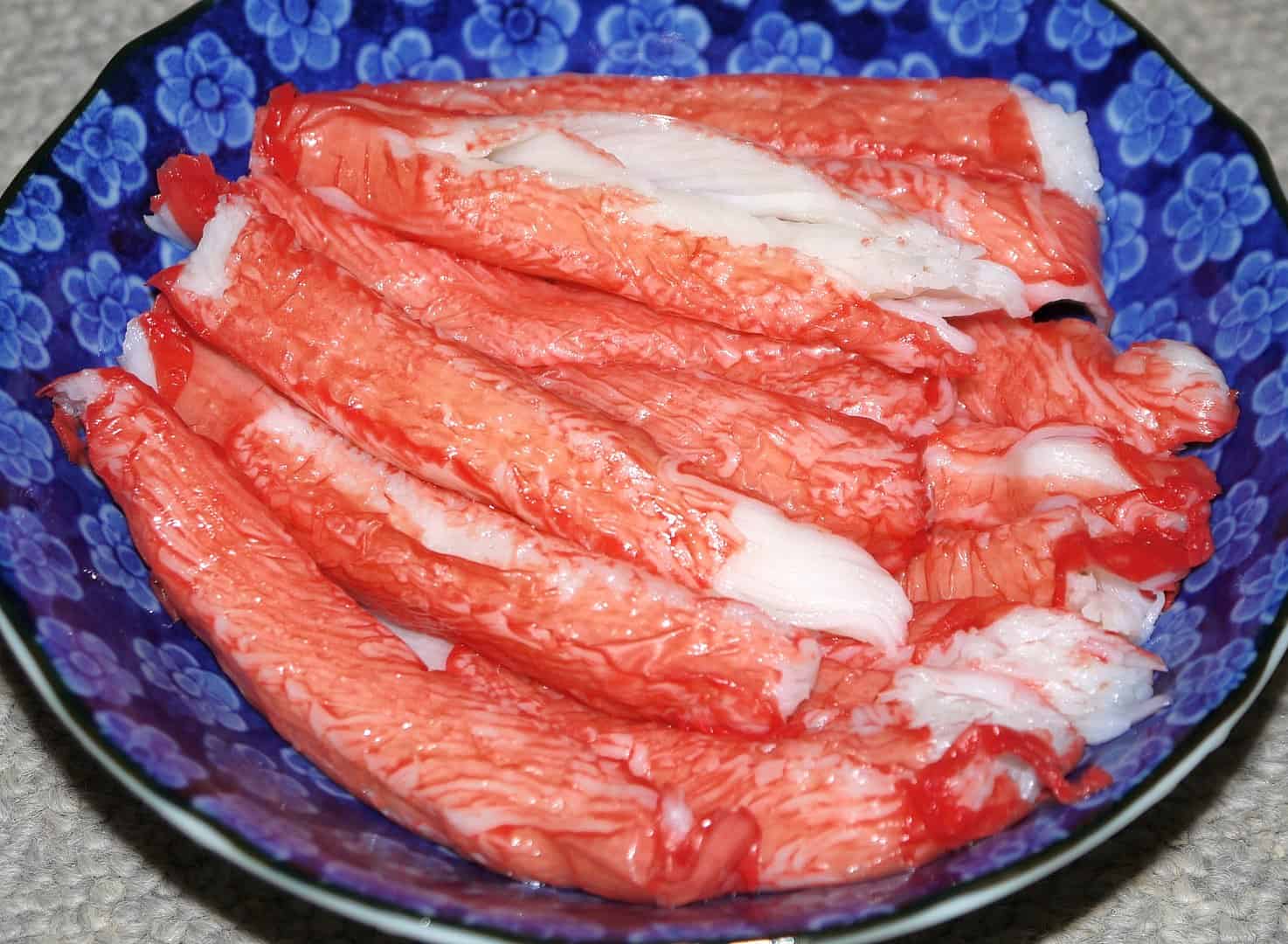
Various kinds of fish get used to make imitation crab meat.
The most common kind of fish used for imitation crab meat is the Alaskan Pollock. They live in waters from the Bering Sea, then south into the Sea of Japan, or down the American coast to California. Other fishes used for imitation crab meat include New Zealand Hoki, Golden Threadfin Bream, and White Croaker among others.
Was this page helpful?
Our commitment to delivering trustworthy and engaging content is at the heart of what we do. Each fact on our site is contributed by real users like you, bringing a wealth of diverse insights and information. To ensure the highest standards of accuracy and reliability, our dedicated editors meticulously review each submission. This process guarantees that the facts we share are not only fascinating but also credible. Trust in our commitment to quality and authenticity as you explore and learn with us.
